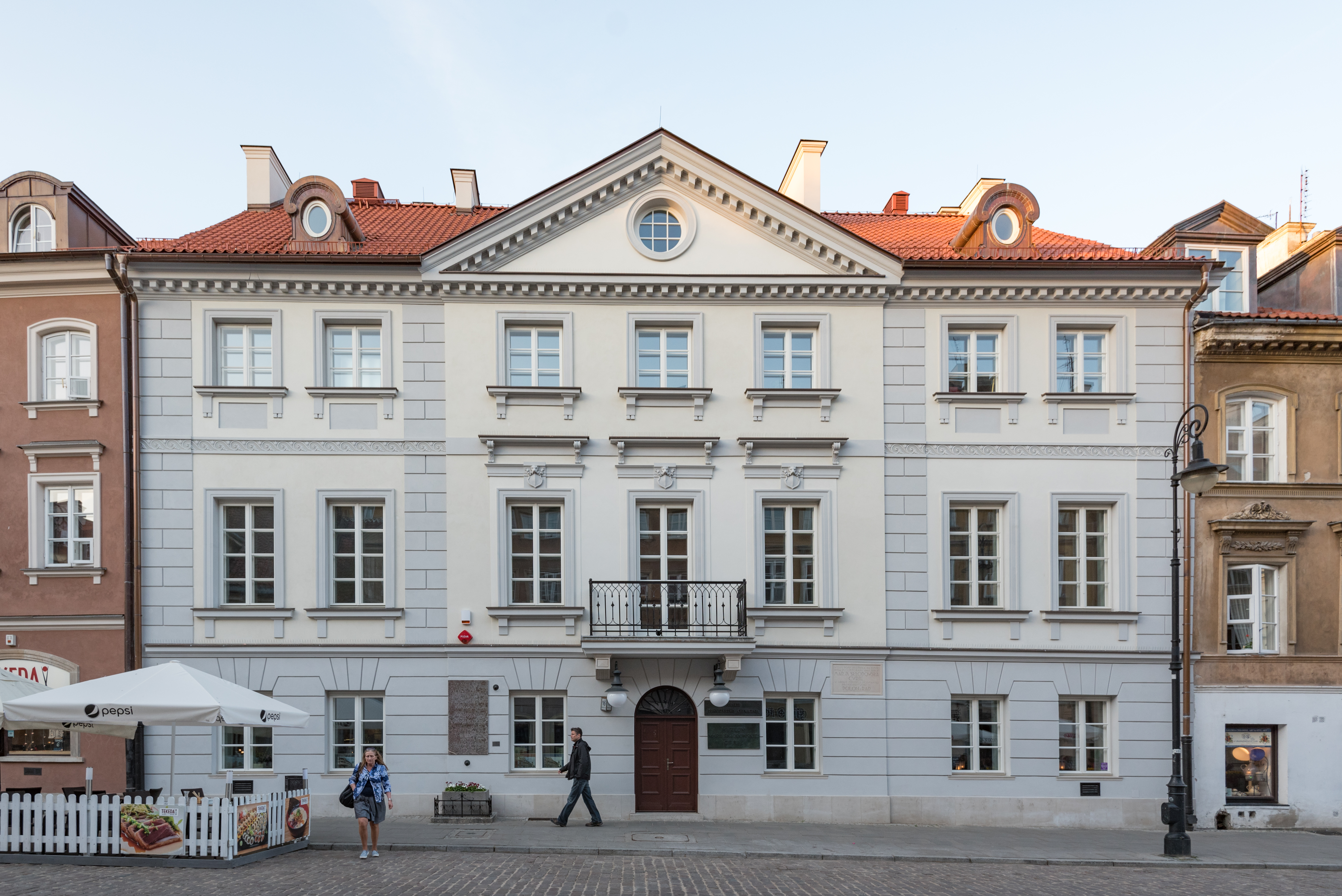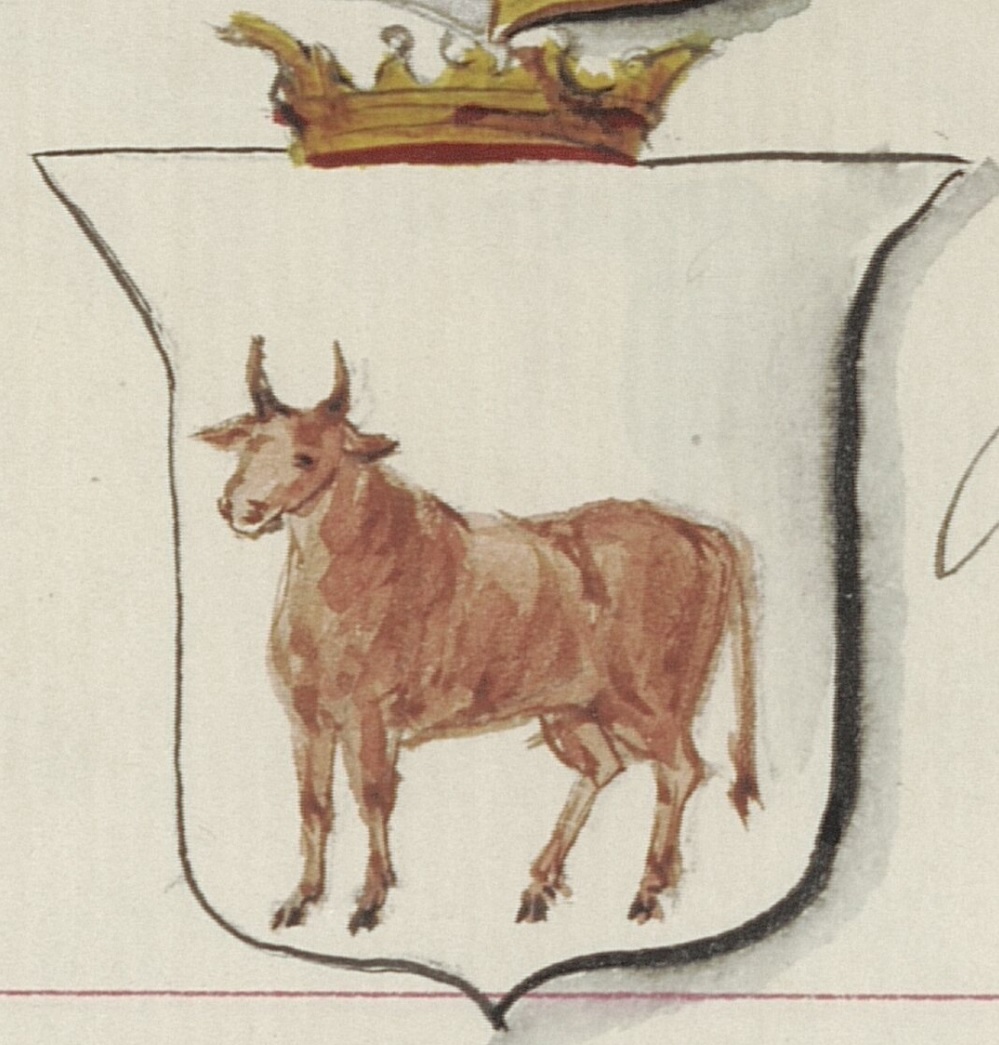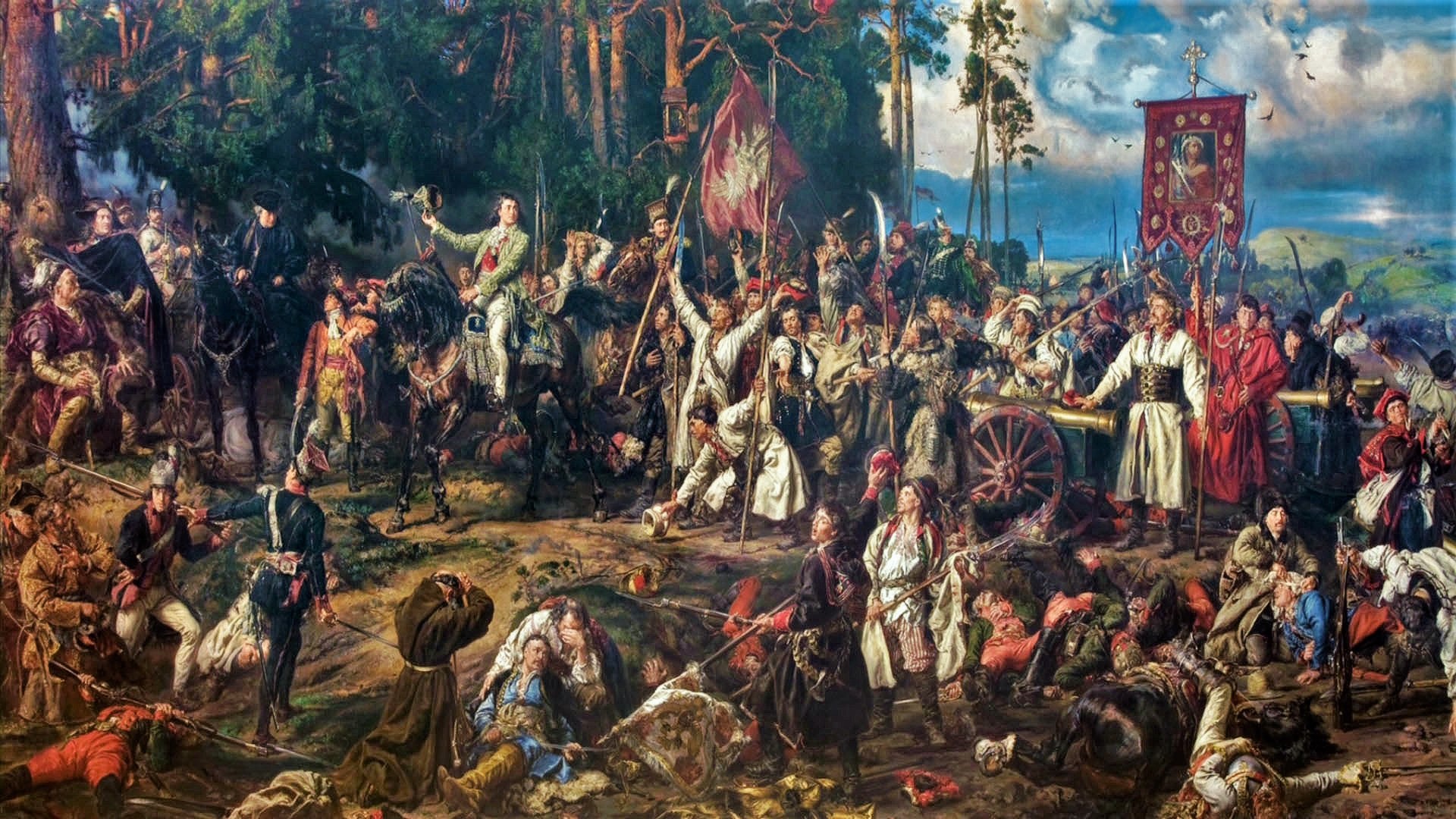|
Skalbmierz
Skalbmierz is a town in south eastern Poland, in Świętokrzyskie Voivodeship, in Kazimierza County. It has 1,326 inhabitants (2004). Skalbmierz has a long and rich history, the town belongs to the province of Lesser Poland. Skalbmierz received town charter in 1342, lost it in 1869, and regained in 1927. History First half of 12th century – Presumably Skalbmierz foundation 1217 – Skalbmierz first mentioned in written sources 1241 – Skalbmierz devastated by Tatars (see Mongol invasion of Poland) 1242 – Konrad I of Masovia called a meeting in Skalbmierz, where he imprisoned representatives of Lesser Poland 1309 – First mention of school in Skalbmierz 1342, 20 February – Skalbmierz gains town charter (see Magdeburg rights) from King Kazimierz Wielki 1400 – Stanisław of Skarbimierz became first vice-chancellor of Cracow Academy (''Akademia Krakowska'') 1427 – Skalbmierz's town charter confirmed by King Władysław Jagiełło 1483, 24 May – Cracow bisho ... [...More Info...] [...Related Items...] OR: [Wikipedia] [Google] [Baidu] |
Gmina Skalbmierz
__NOTOC__ Gmina Skalbmierz is an urban-rural gmina (administrative district) in Kazimierza County, Świętokrzyskie Voivodeship, in south-central Poland. Its seat is the town of Skalbmierz, which lies approximately north-west of Kazimierza Wielka and south of the regional capital Kielce. The gmina covers an area of , and as of 2006 its total population is 6,930 (out of which the population of Skalbmierz amounts to 1,323, and the population of the rural part of the gmina is 5,607). Villages Apart from the town of Skalbmierz, Gmina Skalbmierz contains the villages and settlements of Baranów, Bełzów, Bolowiec, Boszczynek, Drożejowice, Grodzonowice, Kobylniki, Kózki, Krępice, Małoszów, Podgaje, Przybenice, Rosiejów, Sielec Biskupi, Sielec-Kolonia, Sietejów, Szarbia Zwierzyniecka, Szczekarzów, Tempoczów-Kolonia, Tempoczów-Rędziny, Topola, Zakrzów and Zakrzówek. Neighbouring gminas Gmina Skalbmierz is bordered by the gminas of Czarnocin, Działos ... [...More Info...] [...Related Items...] OR: [Wikipedia] [Google] [Baidu] |
Kazimierza County
__NOTOC__ Kazimierza County ( pl, powiat kazimierski) is a unit of territorial administration and local government ( powiat) in Świętokrzyskie Voivodeship, south-central Poland. It came into being on January 1, 1999, as a result of the Polish local government reforms passed in 1998. Its administrative seat and largest town is Kazimierza Wielka, which lies south of the regional capital Kielce. The only other town in the county is Skalbmierz, lying north-west of Kazimierza Wielka. The county covers an area of . As of 2019 its total population is 33,408, out of which the population of Kazimierza Wielka is 5,550, that of Skalbmierz is 1,285, and the rural population is 26,573. Neighbouring counties Kazimierza County is bordered by Pińczów County to the north, Busko County to the north-east, Dąbrowa County to the east, Tarnów County to the south-east, and Proszowice County and Miechów County to the west. Administrative division The county is subdivided into five gmina ... [...More Info...] [...Related Items...] OR: [Wikipedia] [Google] [Baidu] |
Stanisław Of Skarbimierz
Stanisław of Skarbimierz (1360–1431; Latinised as ''Stanislaus de Scarbimiria'') was the first rector of the University of Krakow following its restoration in 1399. He was the author of ''Sermones sapientiales'' ( pl, Kazania sapiencjalne), comprising 113 sermons. Stanisław was born in Skarbimierz, a town some 50 km north-east of Kraków. His sermons were the foundation of Polish political doctrine that culminated in the system of Nobles' Democracy ("Golden Liberty") in Poland and, from 1569, in the Polish–Lithuanian Commonwealth. Many ideas central to this doctrine may be found in subsequent works by Wawrzyniec Grzymała Goślicki (1530–1607) that appear to have influenced the 17th-century English Commonwealth as well as the Founding Fathers of the United States. Along with Paweł Włodkowic, Stanisław framed the Polish position at the Council of Constance, pioneering ideas of modern human rights and international law. His sermons "About Just War" (''De bellis just ... [...More Info...] [...Related Items...] OR: [Wikipedia] [Google] [Baidu] |
Świętokrzyskie Voivodeship
The Świętokrzyskie Voivodeship, also known as the Świętokrzyskie Province, and the Holy Cross Voivodeship ( pl, województwo świętokrzyskie ) is a voivodeship (province) of Poland situated in southeastern part of the country, in the historical region of Lesser Poland. Its capital and largest city is Kielce. Świętokrzyskie Voivodeship is bounded by six other voivodeships: Masovian to the north, Lublin to the east, Subcarpathian to the southeast, Lesser Poland to the south, Silesian to the southwest and Łódź to the northwest. The province was created on 1 January 1999, out of the former Kielce Voivodeship, eastern part of Częstochowa Voivodeship and western part of Tarnobrzeg Voivodeship, pursuant to the Polish local government reforms adopted in 1998. It covers an area of , making it the second smallest of the voivodeships (after Opole). As at 2019, the total population of Świętokrzyskie Voivodeship is 1,237,369. Cities and towns The voivodeship con ... [...More Info...] [...Related Items...] OR: [Wikipedia] [Google] [Baidu] |
Marie Curie
Marie Salomea Skłodowska–Curie ( , , ; born Maria Salomea Skłodowska, ; 7 November 1867 – 4 July 1934) was a Polish and naturalized-French physicist and chemist who conducted pioneering research on radioactivity. She was the first woman to win a Nobel Prize, the first person and the only woman to win a Nobel Prize twice, and the only person to win a Nobel Prize in two scientific fields. Her husband, Pierre Curie, was a co-winner of her first Nobel Prize, making them the first-ever married couple to win the Nobel Prize and launching the Curie family legacy of five Nobel Prizes. She was, in 1906, the first woman to become a professor at the University of Paris. She was born in Warsaw, in what was then the Kingdom of Poland, part of the Russian Empire. She studied at Warsaw's clandestine Flying University and began her practical scientific training in Warsaw. In 1891, aged 24, she followed her elder sister Bronisława to study in Paris, where she earned her high ... [...More Info...] [...Related Items...] OR: [Wikipedia] [Google] [Baidu] |
Stanisław August Poniatowski
Stanisław II August (born Stanisław Antoni Poniatowski; 17 January 1732 – 12 February 1798), known also by his regnal Latin name Stanislaus II Augustus, was King of Poland and Grand Duke of Lithuania from 1764 to 1795, and the last monarch of the Polish–Lithuanian Commonwealth. Born into wealthy Polish aristocracy, Poniatowski arrived as a diplomat at the Russian imperial court in Saint Petersburg in 1755 at the age of 22 and became intimately involved with the future empress Catherine the Great. With her connivance, he was elected King of Poland by the Polish Diet in September 1764 following the death of Augustus III. Contrary to expectations, Poniatowski attempted to reform and strengthen the large but ailing Commonwealth. His efforts were met with external opposition from neighbouring Prussia, Russia and Austria, all committed to keeping the Commonwealth weak. From within he was opposed by conservative interests, which saw the reforms as a threat to their traditiona ... [...More Info...] [...Related Items...] OR: [Wikipedia] [Google] [Baidu] |
Battle Of Racławice
The Battle of Racławice was one of the first battles of the Polish-Lithuanian Kościuszko Uprising against Russia. It was fought on 4 April 1794 near the village of Racławice in Lesser Poland.Storozynski, A., 2009, The Peasant Prince, New York: St. Martin's Press, The battle site is one of Poland's official national Historic Monuments ('' Pomnik historii''), as designated May 1, 2004. Its listing is maintained by the National Heritage Board of Poland. Battle General Denisov, with 2,500 troops, had planned to attack the Poles from the south, while Tormasov's force of 3,000 troops blocked Kościuszko. Encountering Tormasov's force first, Kościuszko occupied a nearby hill, General Antoni Madalinski on his right and General Józef Zajączek on his left. Not waiting any longer, Tormasov attacked the hill by 3:00 PM, setting up their cannon. Kosciuszko inspired his peasant brigade with shouts of "My boys, take that artillery! For God, and the Fatherland! Go forward with ... [...More Info...] [...Related Items...] OR: [Wikipedia] [Google] [Baidu] |
November Uprising
The November Uprising (1830–31), also known as the Polish–Russian War 1830–31 or the Cadet Revolution, was an armed rebellion in the heartland of partitioned Poland against the Russian Empire. The uprising began on 29 November 1830 in Warsaw when young Polish officers from the military academy of the Army of Congress Poland revolted, led by Lieutenant Piotr Wysocki. Large segments of the peoples of Lithuania, Belarus, and the Right-bank Ukraine soon joined the uprising. Although the insurgents achieved local successes, a numerically superior Imperial Russian Army under Ivan Paskevich eventually crushed the uprising. "Polish Uprising of 1830–31." ''The Great Soviet Encyclopedia'', 3rd Edition (1970–197 ... [...More Info...] [...Related Items...] OR: [Wikipedia] [Google] [Baidu] |
January Uprising
The January Uprising ( pl, powstanie styczniowe; lt, 1863 metų sukilimas; ua, Січневе повстання; russian: Польское восстание; ) was an insurrection principally in Russia's Kingdom of Poland that was aimed at the restoration of the Polish–Lithuanian Commonwealth. It began on 22 January 1863 and continued until the last insurgents were captured by the Russian forces in 1864. It was the longest-lasting insurgency in partitioned Poland. The conflict engaged all levels of society and arguably had profound repercussions on contemporary international relations and ultimately provoked a social and ideological paradigm shift in national events that went on to have a decisive influence on the subsequent development of Polish society. A confluence of factors rendered the uprising inevitable in early 1863. The Polish nobility and urban bourgeois circles longed for the semi-autonomous status they had enjoyed in Congress Poland before the previous insu ... [...More Info...] [...Related Items...] OR: [Wikipedia] [Google] [Baidu] |
Voivodeships Of Poland
A voivodeship (; pl, województwo ; plural: ) is the highest-level administrative division of Poland, corresponding to a province in many other countries. The term has been in use since the 14th century and is commonly translated into English as "province". The administrative divisions of Poland, Polish local government reforms adopted in 1998, which went into effect on 1 January 1999, created sixteen new voivodeships. These replaced the 49 subdivisions of the Polish People's Republic, former voivodeships that had existed from 1 July 1975, and bear a greater resemblance (in territory, but not in name) to the voivodeships that existed between 1950 and 1975. Today's voivodeships are mostly named after historical and geographical regions, while those prior to 1998 generally took their names from the cities on which they were centered. The new units range in area from under (Opole Voivodeship) to over (Masovian Voivodeship), and in population from nearly one million (Opole Voivodes ... [...More Info...] [...Related Items...] OR: [Wikipedia] [Google] [Baidu] |
Polish Military Organization
The Polish Military Organisation, PMO ( pl, Polska Organizacja Wojskowa, POW) was a secret military organization which formed during World War I (1914-1918). Józef Piłsudski founded the group in August 1914; it adopted the name ''POW'' in November 1914. It aimed to gather intelligence and to sabotage the enemies of the Polish people. Piłsudski used the POW to act independently from his cautious Austro-Hungarian supporters, and it became an important, if somewhat lesser known, counterpart to the Polish Legions. Its targets included the Russian Empire in the early phase of the war, and the German Empire later. Its membership rose from a few hundred in 1914 to over 30,000 in 1918. History Intelligence and training The Polish Military Organization (PMO) can be traced to formations of August 1914 or even earlier, but it was officially founded in November 1914, as a merger of two previously-existing youth para-military organisations: the Drużyny Strzeleckie and the Związek Str ... [...More Info...] [...Related Items...] OR: [Wikipedia] [Google] [Baidu] |
Deluge (history)
The Deluge ( pl, potop szwedzki, lt, švedų tvanas) was a series of mid-17th-century military campaigns in the Polish–Lithuanian Commonwealth. In a wider sense it applies to the period between the Khmelnytsky Uprising of 1648 and the Truce of Andrusovo in 1667, thus comprising the Polish theatres of the Russo-Polish and Second Northern Wars. In a stricter sense, the term refers to the Swedish invasion and occupation of the Commonwealth as a theatre of the Second Northern War (1655–1660) only; in Poland and Lithuania this period is called the Swedish Deluge ( pl, potop szwedzki, sv, Svenska syndafloden), or less commonly the Russo–Swedish Deluge ( pl, Potop szwedzko-rosyjski) due to the simultaneous Russo-Polish War. The term "deluge" (''potop'' in Polish) was popularized by Henryk Sienkiewicz in his novel '' The Deluge'' (1886). During the wars the Commonwealth lost approximately one third of its population as well as its status as a great power due to invasions b ... [...More Info...] [...Related Items...] OR: [Wikipedia] [Google] [Baidu] |







_in_1655.png)